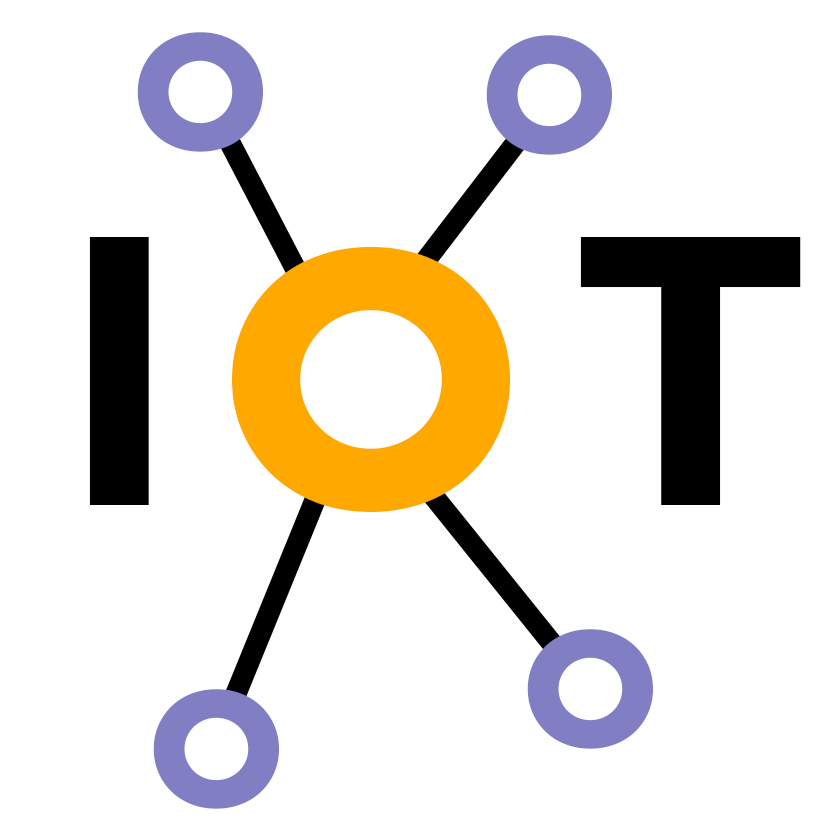This is an old revision of the document!
Smart Street Light Control System
author Pascu Mihail-Eugen ACES 2021
1.Project Objective
The purpose of this application is to implement a system that makes the street lights more efficient than the conventional street lighting systems in the matter of energy conservation, reduction of maintenance costs, decrease of maintenance time and increase in the public safety.
2.Context of public lighting in Bucharest
The public lighting system in Bucharest is an important source of expenses for the Bucharest City Hall. 1)According to [3] in the last 5 years, the average cost of the public lighting was around 28.650.000RON. This increased cost is due to the fact that the system was not updated to the newer and more efficient lighting solutions. 73% of the bulbs that are used inside the lighting poles (the total numbers are around 90.000 poles and approximately 120.000 bulbs) are still incandescent bulbs which are less efficient and have a shorter life span than the bulbs with LEDs. The LED bulbs consume 75% less energy and have at least double life span, according to [4].
Because the civic spirit is not cultivated in our population and that no efficient maintenance system is in place for the street lighting system, issues are detected and reported after long periods of time. Also, because the issues are not fixed in short time, the public safety at night is at risk because the possible street dangers (thieves, open sewer entry and others) can not be see without lighting.
3.Project Description
The system is composed of two main elements: a central hub and many pole controllers.
- The central hub can be any device that can connect to WiFi networks. Its main purpose is to collect diagnostic data from the light poles, send configuration data (time interval for turning on the light, control commands, operation modes) to the poles via the WiFi connection.
- The pole controller will:
- detect movement, using a PIR sensor, and tune the light intensity according to it (if movement is detected then the light intensity will be set to maximum, if not, it will be set to DIMMING_FACTOR2) * maximum intensity;
- will control the light using different modes 3):
- using the integrated environmental light intensity sensor (if it detects that is night, the lights will be turned on automatically);
- using the time schedule interval that is provided by the central hub;
- communicate to the adjacent pole nodes (for extending the sensing capabilities of the poles);
- communicate with the central hub (for sending diagnostic data - burned bulb, missing adjacent node and others);
- establish a mesh network with all other poles;
- diagnostic the LED bulb: detect if there is a short on the bulb or if is and open circuit (missing or burned bulb);

